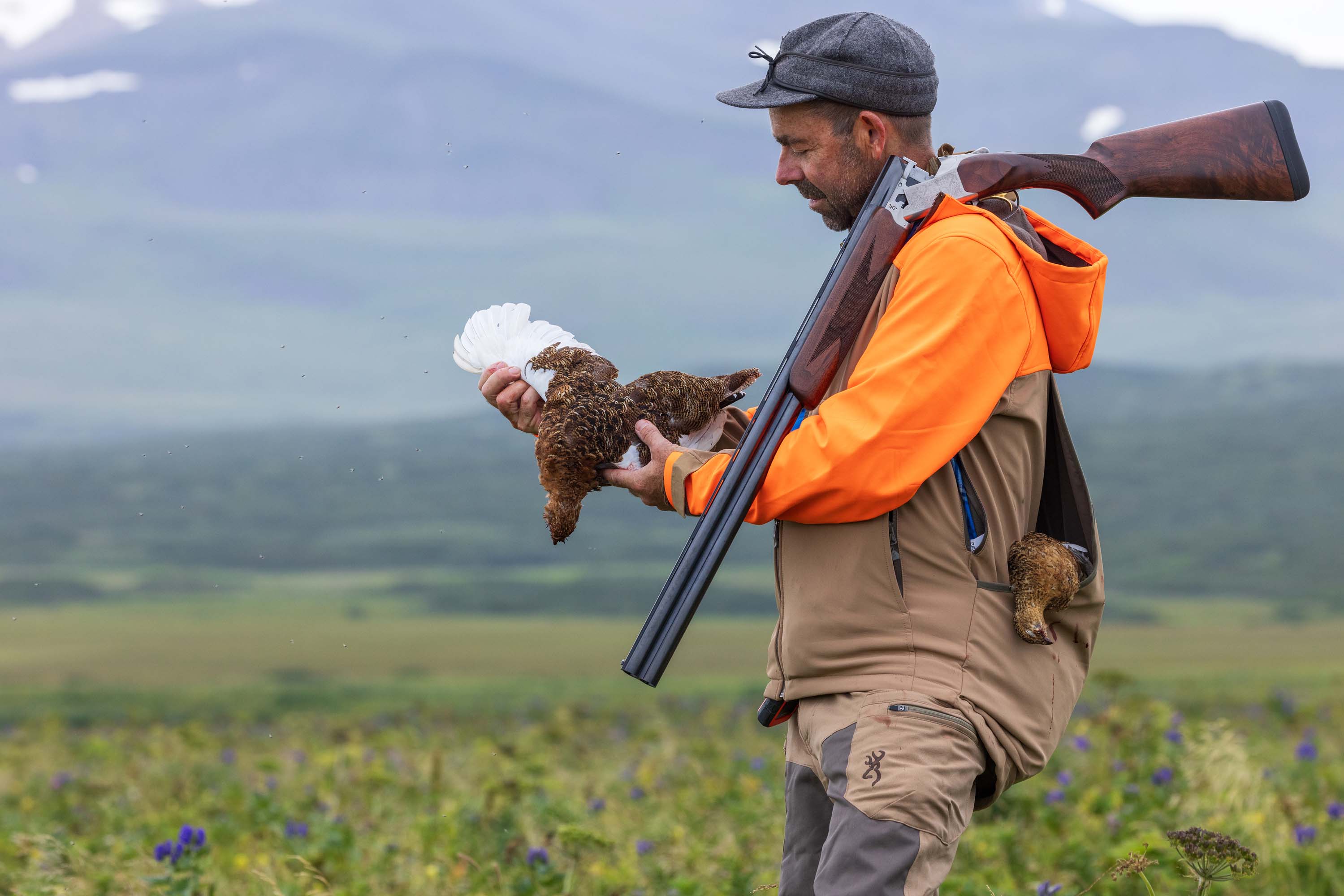A fast-moving wildfire north of Los Angeles, now known as the Hughes Fire, has burned through at least 10,000 acres by Wednesday evening, prompting the evacuation of over 30,000 people.
This comes just weeks after a series of deadly fires caused by dangerous winds ravaged Southern California.
The fire broke out before 11 a.m. Wednesday, north of Castaic, California, about 40 miles from the recent Eaton and Palisades fires.
Celebrate Trump’s Historic 2024 Victory with the Exclusive Trump 47th President Collection!
Initially starting as a 50-acre fire, the blaze grew rapidly, consuming 10,176 acres by evening, according to Los Angeles Fire Chief Anthony Marrone.
The fire’s rapid spread has prompted widespread evacuations, with approximately 31,000 residents ordered to leave the area, and another 23,000 people under evacuation warnings, as reported by the LA County Sheriff’s Department.
As of now, no structures have been reported as damaged or destroyed by the fire. Firefighters, numbering over 10,000, have been working to contain the blaze, which remains at 0% containment.
Hughes Fire by the numbers:
10,000 acres burned
4,000 firefighters battling
30,000 residents evacuated
1 incompetent governor Gavin Newsom pic.twitter.com/rMjvLT1SL8
— Kevin Dalton (@TheKevinDalton) January 23, 2025
Chief Marrone noted that personnel would remain on the scene throughout the night and into Thursday morning to address hot spots and prevent further spread.
“We are working hard to contain the fire, but we need the public to cooperate,” said Los Angeles Sheriff Robert Luna.
“Do not drive into these areas. You are impacting emergency vehicles, and we don’t need more traffic. We want less traffic. Please stay out of evacuated zones as well. We are providing additional resources to protect homes in these areas.”
The fire was first noticed around 10:45 a.m. on Wednesday when a massive column of smoke was spotted near Santa Clarita.
The fire quickly escalated, prompting responders to request four aircraft and 50 fire engines to combat the flames.
Wildfire coordinator Jacob Weigley, who has been monitoring the fire, described the situation as dire.
“That one’s gonna go nuclear. It’s big,” Weigley said. “The wind and dry conditions are a big deal right now. The fuels in the area are capable of making this fire spread quickly.”
This latest fire is just one in a series of wildfires that have plagued Southern California recently.
The Palisades Fire, which ignited on January 7, has burned more than 24,000 acres in Los Angeles, and as of Wednesday morning, it was 63% contained.
Meanwhile, the Eaton Fire, which has burned around 14,000 acres in northern LA County, is 91% contained.
The Hughes Fire also led to the closure of a 30-mile stretch of the 5 Freeway in both directions as the flames raced along hilltops and down into wooded canyons.
While the freeway has since reopened, the fire has caused disruptions, including evacuations at one of the facilities housing 476 inmates at Pitchess Detention Center in Castaic.
One of the three facilities at the prison was evacuated, and prisoners were relocated to a nearby brick facility.
Sheriff Luna said that a plan is in place for the prison in case the fire conditions worsen. As of now, 4,500 inmates remain at the facility.
The cause of the Hughes Fire remains under investigation. Authorities have not yet determined what sparked the blaze, but with dry conditions and high winds, it has become a dangerous situation.
The upcoming weekend rains could provide some relief to firefighters, but they also pose a new risk, as heavy rainfall could trigger mudslides and flooding in areas already affected by the fires.
Red Flag Warnings remain in effect until Friday morning for much of Los Angeles and Ventura counties, with light to moderate Santa Ana winds expected to continue through Thursday.
Fire officials are closely monitoring the weather conditions, which they say are driving the fire’s rapid spread.
“The weather is what’s predominantly driving this fire and its spread right now,” said Chief Marrone. “The situation remains dynamic, and while we are making progress, the fire remains difficult to contain.”
The opinions expressed by contributors and/or content partners are their own and do not necessarily reflect the views of LifeZette. Contact us for guidelines on submitting your own commentary.
Read the full article here


![30,000 Residents Evacuated, Over 10,000 Acres Devastated [WATCH] 30,000 Residents Evacuated, Over 10,000 Acres Devastated [WATCH]](https://www.rvmnews.com/wp-content/uploads/2025/01/2025.01.13-03.56-rvmnews-678537b85cdb9.jpg)




![Justice Alito Issues Scorching Dissent Against SCOTUS Ruling on Trump Deportations [WATCH] Justice Alito Issues Scorching Dissent Against SCOTUS Ruling on Trump Deportations [WATCH]](https://www.lifezette.com/wp-content/uploads/2025/04/2025.04.21-09.15-lifezette-68060c9d4995e.jpg)


